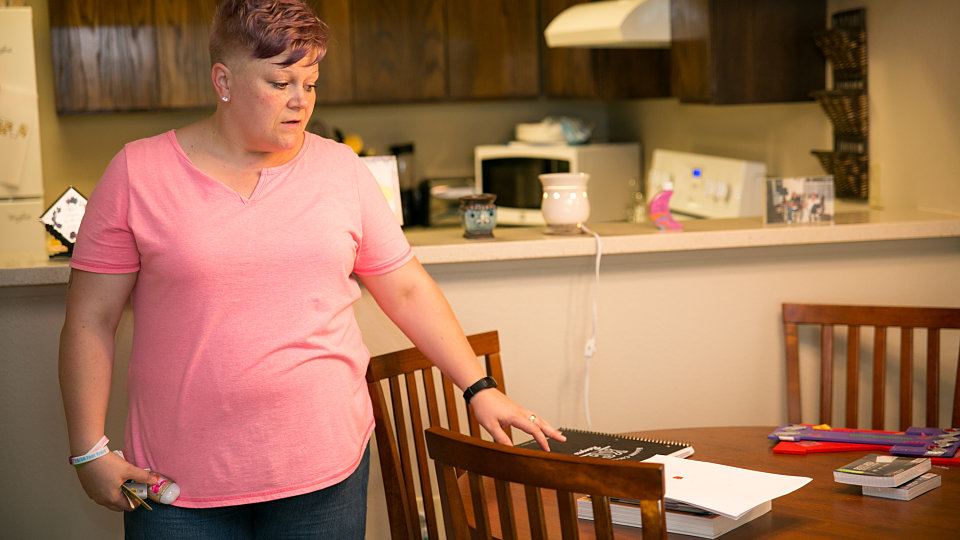Sad math: Lower incomes plus higher costs lead to struggling single mothers
It’s easy to read gaudy headlines about individuals abusing government assistance programs and assume the worst about every person who is receiving help. It’s easy to assume they’re lazy, mooching off a government system for all it’s worth.
The problem is the assumptions aren’t true for the majority of people, particularly women.
Many of the women in poverty work multiple jobs. Their days start before the sun comes up in order to get to work or get their children to school. Those days end well after the sun goes down with working a second job and getting ready for the next day. Even with some type of public assistance, they still struggle to make ends meet.
They and their children live life in constant crisis, struggling to piecemeal enough money to cover rent, child care, food, transportation, clothing and other necessities. Why? It comes down to simple math.
Single mothers make less money than other demographics.
- Women generally earn less than their male peers.
- 63 percent of minimum wage workers are women.
- Nearly 20 percent of all women and girls live in poverty.
- 41 percent of single mothers live in poverty.
As a result, single mothers carry a heavier financial burden than most people.
- Rent takes up 30 percent of single mothers’ income.
- Half of all infant-care options cost more than the average annual cost of college in Texas.
- Already stretched financially, families are thrown into chaos by common emergencies such as illnesses or car trouble.
The impact of children growing up in poverty is significant. It creates an existence of relentless anxiety and instability. The strain can reveal itself in the form of behavioral issues, anger management problems or becoming increasingly fearful and reserved.
An impoverished family may move frequently, forcing children to change schools multiple times in a school year. This adversely affects the child’s education and consequently their ability to thrive. It also negatively impacts a child’s ability to form long-term friendships.
Often, women and children in poverty become stuck in a long-term cycle of generational poverty that is difficult to break. Though a mom has a deep desire for her children to live a better life, she feels unable to provide it for them.
So what can be done? We know the equation for poverty – little earning power plus high costs leads to lives in crisis. We use that to our advantage.
Increase the earning power of a single mother.
- Studies have shown that “education is the primary pathway to better-paying jobs and economic security.” Mothers need a path to go to school, where they can gain the knowledge they need to increase their earning power. By increasing their income, mothers can move the equation to work in their favor.
In order for impoverished mothers to go to college, they’re often going to need some help. They need someone to walk alongside them, providing hope, encouragement, concrete support and a pathway out of poverty. This is the purpose of the Buckner Family Pathways program. A day in the life for these families is very different from a woman navigating poverty on her own. Parents in the program are provided the opportunity to gain additional education that qualifies them for a higher paying job.
Buckner provides a safe, quality housing environment and other support services to single parents and their children while the parent completes their education. They also receive child care subsidies and practical life skills such as budgeting, parenting and healthy relational skills. This allows the family to take a break from simply surviving day to day.
In this environment, parents are encouraged and given the space to determine the vision for their family’s future and an action plan to bring it to pass. When this happens, the entire family is given the opportunity to thrive and change the course of its future.
Written by Candace Gray, senior executive director of Buckner in Northeast Texas. Prior to that role, she served as director of program design. During her time at Buckner she has lead strategic initiatives such as program assessment & design, transition to evidence-based practice in core program areas, creation of mission-based outcome measures and identification of new sites for expansion and project management of expansions.




Comments